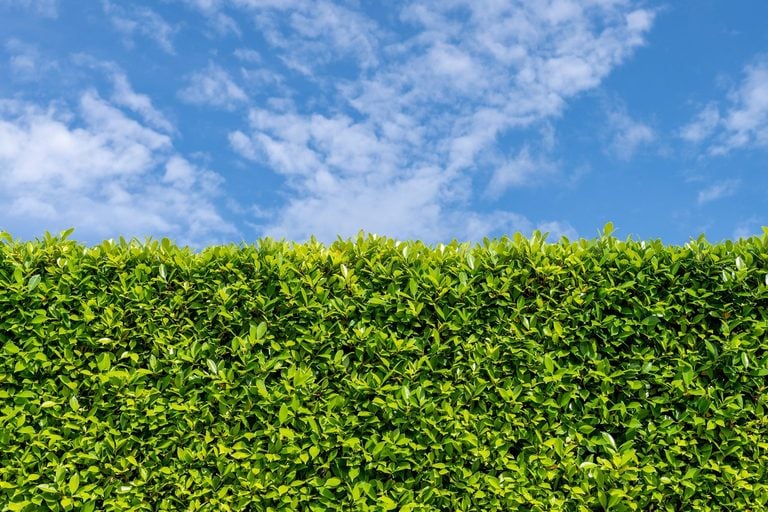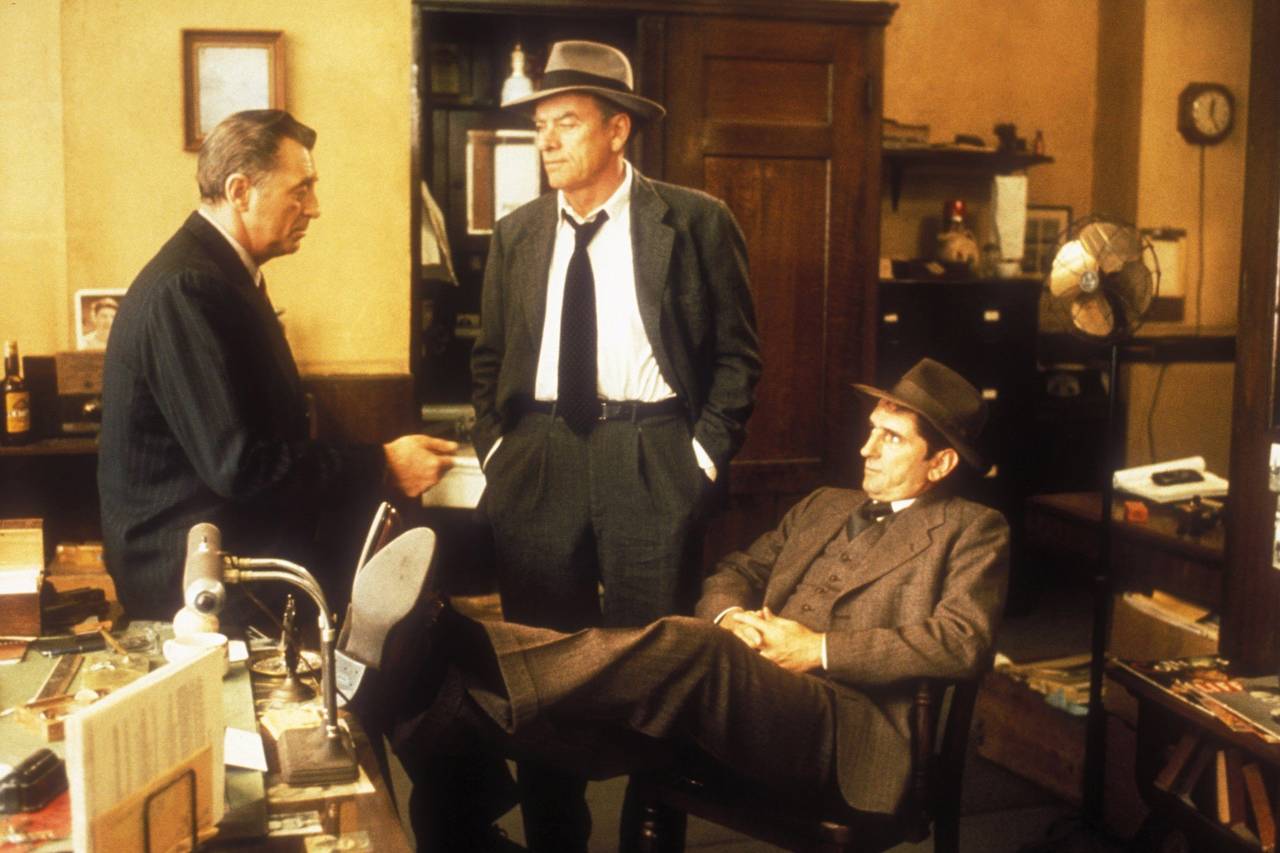The Ultimate Guide To Building A Thriving Living Fence

Table of Contents
Choosing the Right Plants for Your Living Fence
Selecting the right plants is the cornerstone of a successful living fence. Several factors influence this crucial decision: your climate, soil type, desired height, and privacy needs. Let's explore some key considerations:
Evergreen vs. Deciduous Options
Evergreen plants retain their foliage year-round, providing consistent screening and privacy. Deciduous plants lose their leaves in the fall, offering a different aesthetic appeal throughout the seasons.
Evergreen Examples:
- Leyland Cypress: Fast-growing, tall, and provides excellent screening.
- Holly: Dense, thorny, and offers good security.
Evergreen Pros: Year-round privacy, consistent visual appeal. Evergreen Cons: Can be more expensive, may require more frequent pruning.
Deciduous Examples:
- Hawthorn: Thorny, beautiful spring blossoms, provides berries for wildlife.
- Privet: Dense, relatively low-maintenance.
Deciduous Pros: Beautiful seasonal changes, often less expensive. Deciduous Cons: Loss of privacy in winter, requires less frequent pruning.
Native vs. Non-Native Plants
Choosing native plants offers significant environmental benefits. They're adapted to your local climate and soil, requiring less water and fertilizer. They also attract local wildlife, supporting biodiversity.
Advantages of Native Plants:
- Reduced maintenance
- Attracts beneficial insects and birds
- Supports local ecosystems
Examples: (Note: Specific native plant suggestions will vary greatly depending on your region. Consult your local nursery or agricultural extension office for recommendations.)
Disadvantages of Non-Native Plants:
- Potential to become invasive and harm local ecosystems.
Fast-Growing vs. Slow-Growing Plants
Fast-growing plants offer quick privacy, but may require more frequent pruning and maintenance. Slow-growing plants need less attention but take longer to reach their mature height.
Fast-Growing Examples: Leyland Cypress, Bamboo (consider invasive potential)
Fast-Growing Considerations:
- Frequent pruning needed
- May require more water and fertilizer
Slow-Growing Examples: Holly, Boxwood
Slow-Growing Considerations:
- Longer establishment time
- Less frequent pruning
Planning and Planting Your Living Fence
Careful planning ensures a healthy and thriving living fence. Let's examine the key steps involved:
Site Preparation
Proper soil preparation is essential. A soil test will reveal its pH and nutrient levels, guiding you on necessary amendments.
Soil Preparation Steps:
- Clear the area of existing vegetation and debris.
- Till the soil to a depth of 12-18 inches.
- Amend the soil with compost or other organic matter to improve drainage and fertility.
- Apply a balanced fertilizer according to soil test results.
Spacing and Planting Techniques
Proper spacing is crucial. Plant according to the mature size of the selected species to avoid overcrowding.
- Dig planting holes twice as wide as the root ball.
- Plant at the same depth as the plant was growing in its container.
- Water thoroughly after planting.
- Use plant supports, especially for taller plants, to help them establish.
Choosing the Right Location
Consider sunlight, water access, and proximity to structures.
Ideal Conditions:
- Most living fence plants prefer full sun (at least 6 hours of direct sunlight daily).
- Ensure easy access to water for watering.
- Avoid planting too close to buildings or other structures to prevent damage.
Maintaining Your Living Fence for Long-Term Success
Ongoing maintenance is vital for a thriving living fence.
Watering and Fertilizing
Consistent watering is particularly important during the first year after planting.
Watering: Water deeply and less frequently, encouraging deep root growth.
Fertilizing: Apply a balanced fertilizer in spring according to plant needs and soil test recommendations.
Pruning and Shaping
Regular pruning maintains the desired shape and size.
- Use sharp, clean pruning tools.
- Prune in late winter or early spring, before new growth begins.
Pest and Disease Control
Monitor for pests and diseases. Address issues promptly. Organic methods are often preferred.
Common Problems: (Specific pest and disease issues will vary widely based on location and plant species.)
- Regular inspection is key for early detection.
Dealing with Winter Conditions
Protect plants from harsh winter weather as needed, especially young plants. This may include mulching, wrapping, or providing windbreaks.
Conclusion: Building Your Dream Living Fence
Building a thriving living fence involves careful plant selection, thorough site preparation, and consistent maintenance. But the rewards are immense: increased privacy, enhanced curb appeal, a boost to local biodiversity, and a sustainable alternative to traditional fencing. Remember to choose plants suited to your climate and soil, space them correctly, and maintain them regularly. Start planning your dream living fence today! Use this guide to create a beautiful and sustainable natural barrier that enhances your property. For more information on specific plant choices for your region, consult your local nursery or agricultural extension office.

Featured Posts
-
 Mein Schiff Relax A New Era In Cruising Begins
May 29, 2025
Mein Schiff Relax A New Era In Cruising Begins
May 29, 2025 -
 The 1 Trending 2 Hour 10 Minute Thriller Will Leave You Speechless
May 29, 2025
The 1 Trending 2 Hour 10 Minute Thriller Will Leave You Speechless
May 29, 2025 -
 Ajax Icoon Furieus Ik Ben Geschoffeerd En Genegeerd
May 29, 2025
Ajax Icoon Furieus Ik Ben Geschoffeerd En Genegeerd
May 29, 2025 -
 Australian Woman Shares Shocking Story Of Job Loss
May 29, 2025
Australian Woman Shares Shocking Story Of Job Loss
May 29, 2025 -
 Cek Cuaca Jawa Timur 24 Maret Hujan Terus Mengguyur
May 29, 2025
Cek Cuaca Jawa Timur 24 Maret Hujan Terus Mengguyur
May 29, 2025
